In this chapter, you will learn the last section of dhammānupassanā or the mindfulness of the way things are in the Satipatṭhāna sutta as taught by the Buddha. This comprises the seven factors of enlightenment, the satta bojhjaṁgas. Bojjhaṁgas are the factors that aid to comprehend the Four Noble Truths. There are seven of these:
- “Sati” or mindfulness
- “Dhammavicya” or investigation of the way things are
- “Viriya” or effort
- “Pīti” or rapture
- “Passaddhi” or tranquility
- “Samādhi” or concentration
- “Upekkhā” or equanimity
All these can be cultivated within you through cultivation of the Four Establishments of Mindfulness. It is only through the cultivation of the Four Establishments of Mindfulness that the seven factors of enlightenment can be cultivated within you. These seven factors cannot grow within you through wishing or prayer. If it was possible, then there would be no need of the appearance of Buddhas into this world; there would be no need to listen to the Dhamma. Since the Buddha’s teachings are extremely essential for future generations to realize the life, liberated monks preserved this Dhamma with utmost dedication.
When the Buddha’s life ended, liberated monks each took a section of the Dhamma and organized it for posterity. The section of the Long Discourses was memorized by the student monks of liberated monk Ānanda. The section of the Middle Discourses was memorized by the student monks of liberated monk Sāriputta. The section of the Connected Discourses was memorized by the student monks of liberated monk Kassapa. The section of the Numerical Discourses was memorized by the student monks of liberated monk Anuruddha. So, it could be passed down through generations of dedicated Sangha. This Dhamma, therefore, is still in a very pure form and must be studied in order to gain the knowledge, which would then lead to profound understanding of the way things really are.
There is no practical methodology or experience that leads to ultimate freedom that does not include the Dhamma. If there is some truth you comprehend, it is in the Dhamma. Whatever is in the Dhamma is what you would understand. True realization and the Dhamma are the same. Therefore, when one practices the four establishments of mindfulness, it is the seven factors of enlightenment they realize. You should cultivate the four establishments of mindfulness with the aim of developing the seven factors of enlightenment. Then, the factors needed to understand the Four Noble Truths will develop in you. This course of action is very clear, straightforward and there are no contradictions or unclear instructions.
Sati saṁbojjhaṁgo is the first factor of enlightenment. This is the four establishments of mindfulness. When the four establishments of mindfulness lead to the realization of the Four Noble Truths, it is called sati saṁbojjhaṁgo. When this factor is developed within you, you will know it with mindfulness. When this factor is undeveloped within you, you should know that too and continue with diligence to develop it.
The second factor, Dhammavicaya saṁbojjhaṁgo is the result of investigation of the Buddha’s teachings. This is done by seeing impermanence as impermanent; seeing suffering as suffering; seeing things beyond our control, as things beyond our control; as well as comprehending the nature of dependant co-arising. When you constantly meditate on these with mindfulness, you will develop Dhammavicaya saṁbojjhaṁgo as a factor leading to the comprehension of the Four Noble Truths. When this factor is developed within you, you will know it with mindfulness. When this factor is undeveloped within you, you should know that too and continue with diligence to develop it.
The third factor is “viriya” or effort. That means you will make: (1) the effort to eradicate any unwholesome actions that have arisen, (2) the effort to prevent unwholesome actions that have not yet arisen, (3) the effort to develop wholesome actions that have arisen, and (4) the effort to cultivate wholesome actions that have not yet arisen. Unwholesome actions are: desire, anger, envy, revenge, retaliation, resentment, quarrelling, and disobedience. As a meditator, you are aware when these arise within you, the effort you make to eradicate these if they arise in you and the effort you make to prevent these from arising. This is viriya sambojjanga.
Wholesome actions are renunciation, loving kindness, compassion, virtue, tranquil concentration, and wisdom. As a meditator, you are aware when these have not yet arisen in you. The effort you make to cultivate these when they arise in you is viriya saṁbojjhaṁgo. All this effort is made with the comprehension of the Four Noble Truths as the goal. When this factor is developed within you, you will know it with mindfulness. When this factor is undeveloped in you, you should know that with continued diligence you can develop it. When your viriya is developed in this way with unwholesome actions becoming subdued and wholesome actions becoming enhanced, you will have established viriya saṁbojjhaṁgo, or the enlightenment factor of effort.
In this way, when wholesome actions increase and unwholesome actions decrease, the meditator’s mind is filled with a spiritual rapture, or pīti. You develop this rapture thus, “I am subduing unwholesome actions; I am cultivating wholesome actions”. This exultation is a result of the effort from within you. There are two main factors that help to enhance this Dhamma lifestyle: the first is humility and the next is dedication. Generally, when we follow the Dhamma lifestyle we should practice humility. We must never consider ourselves above others because we follow this path. With humility, we can state that this cause of action is geared to free us from all fetters and with humility step onto the path.
This rapture is geared towards the comprehension of the Four Noble Truths. When this factor is developed within you, you will know it with mindfulness. When this factor is undeveloped within you, you should know that too and continue with diligence to develop it.
When this rapture grows within you, you develop a sense of physical and mental lightness or tranquility. This lightness is called kāyapassaddhi and cittapassaddhi. Passaddhi means lightness or calmness of the body and the mind, which is produced by the rapture. This is the fifth factor of enlightenment, passaddhi saṁbojjhaṁgo, or tranquility. This tranquility is geared towards the comprehension of the Four Noble Truths. When this factor is developed within you, you would know it with mindfulness. When this factor is undeveloped within you, you should know that too and continue with diligence to develop it.
When this tranquility grows within you, it leads to concentration. That is the sixth factor of enlightenment. Concentration means the unification of mind on a wholesome object. Without this concentration, there can be no comprehensive understanding of the Four Noble Truths. Liberated ones and non-returners possessed higher levels of concentration. Even once-returners and stream-enterers possess a certain level of concentration. In general, concentration must be developed up to the fourth jhāna at the stage of non-returning. Concentration of the liberated ones is fully developed. This factor is connected to meditation. Concentration is attaining the first jhāna, second jhāna, third jhāna, and the fourth jhāna. This concentration is geared towards the comprehension of the Four Noble Truths. When this factor is developed within you, you will know it with mindfulness. When this factor is undeveloped within you, you should know that too and continue with diligence to develop it.
When the meditator develops this concentration profoundly, and he sees this as a factor of the Four Noble Truths, he stops clinging to this concentration. And, instead of grasping this state of concentration, he begins to see in it too the ever changing five aggregates of clinging. He sees the impermanence of this state of concentration. At this point, his mind reaches equanimity. This is the seventh factor of enlightenment. At this stage, he does not grab this equanimity either. He is not deceived by this equanimity. This equanimity is developed with an aim towards the comprehension of the Four Noble Truths.
What then are the Four Noble Truths? There is a noble truth called suffering. This needs to be comprehensively understood. This suffering is formed because we cling to it. This clinging and craving to suffering is the noble truth of the arising of suffering. This should be eradicated. When clinging and craving are eradicated, he is free from suffering. This freedom is called the noble truth of the cessation of suffering. This truth needs to be realized. The clinging and craving to suffering are not automatically eradicated. It is done by following a certain cause of actions, the Noble Eightfold Path. This path is the fourth noble truth, the path leading to the cessation of suffering. This has to be practiced and developed.
When this factor of equanimity is developed within you, you would know it with mindfulness. When this factor is undeveloped within you, you should know that too and continue with diligence to develop it.
This meditation on the bojjhaṁgas is cultivating within you the seven factors geared towards enlightenment. In summary, the seven factors of enlightenment are, “sati” or mindfulness; “Dhammavicya” or investigation of the Dhamma; “viriya” or effort; “pīti” or rapture; “passaddhi” or tranquility; “samādhi” or concentration; and “upekkhā” or equanimity. These seven bojjhaṁgas are developed profoundly within you and it would lead you to inner purity. For this, it is imperative that we practice the four establishments of mindfulness. Now, it is extremely clear that the Buddha’s teachings show us the perfect way to realizing the true nature of life.

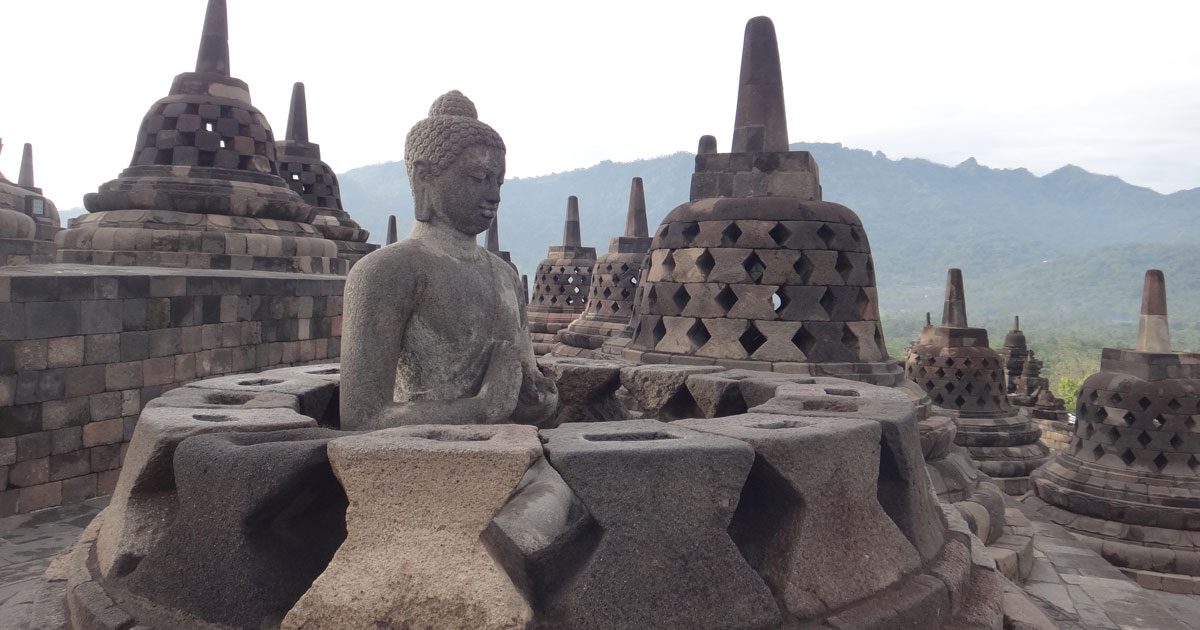


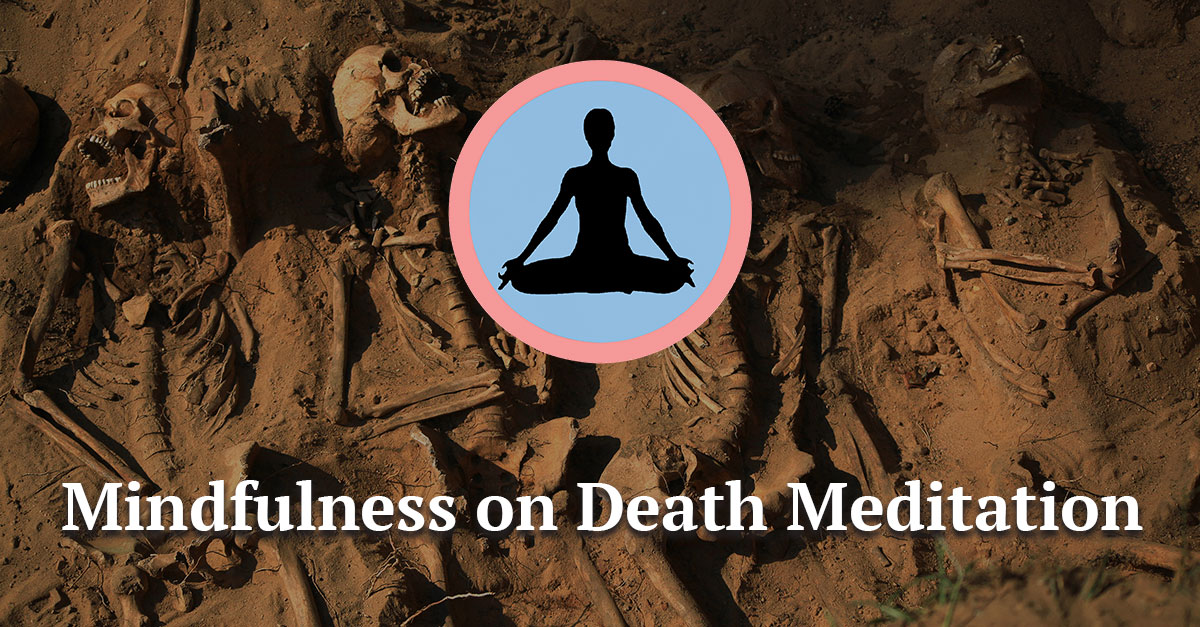







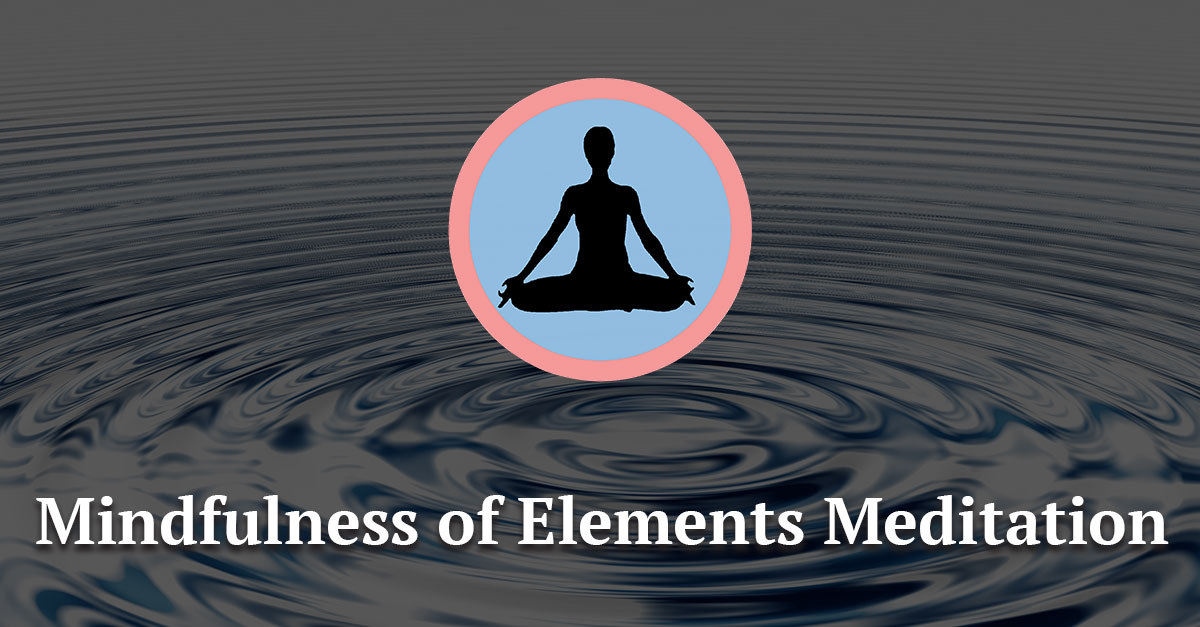
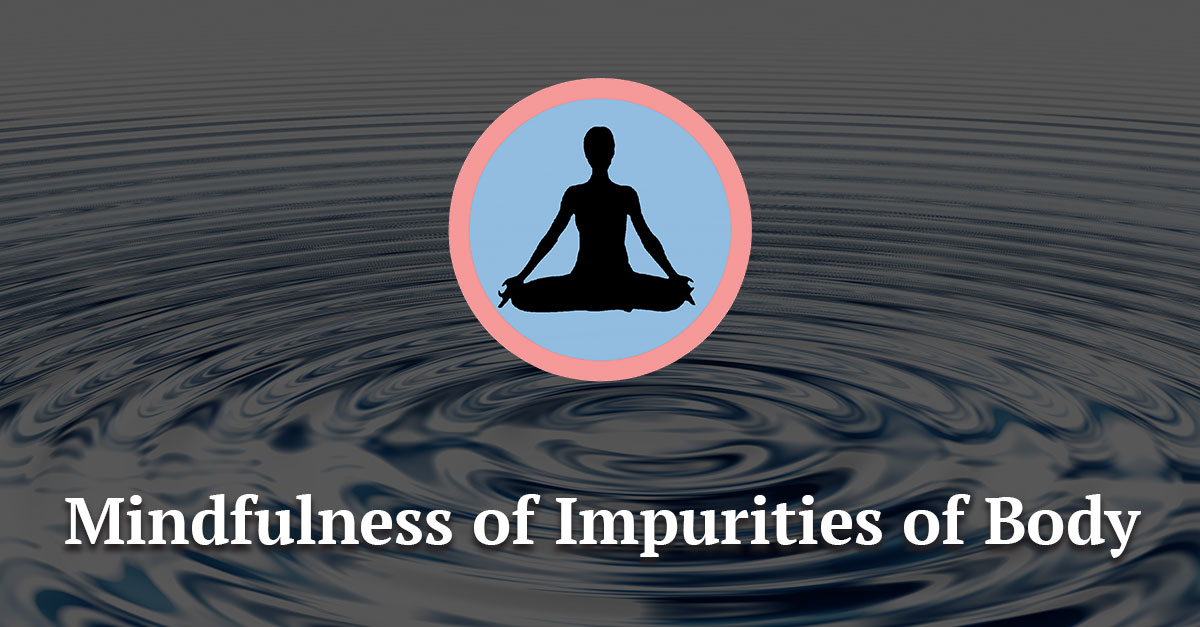
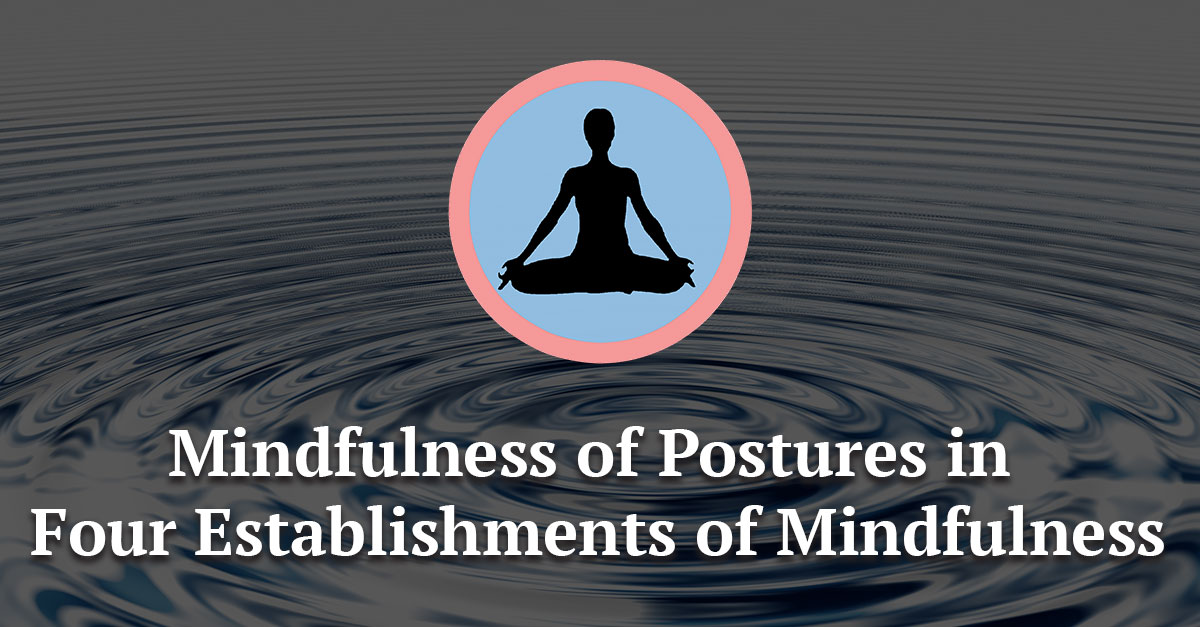


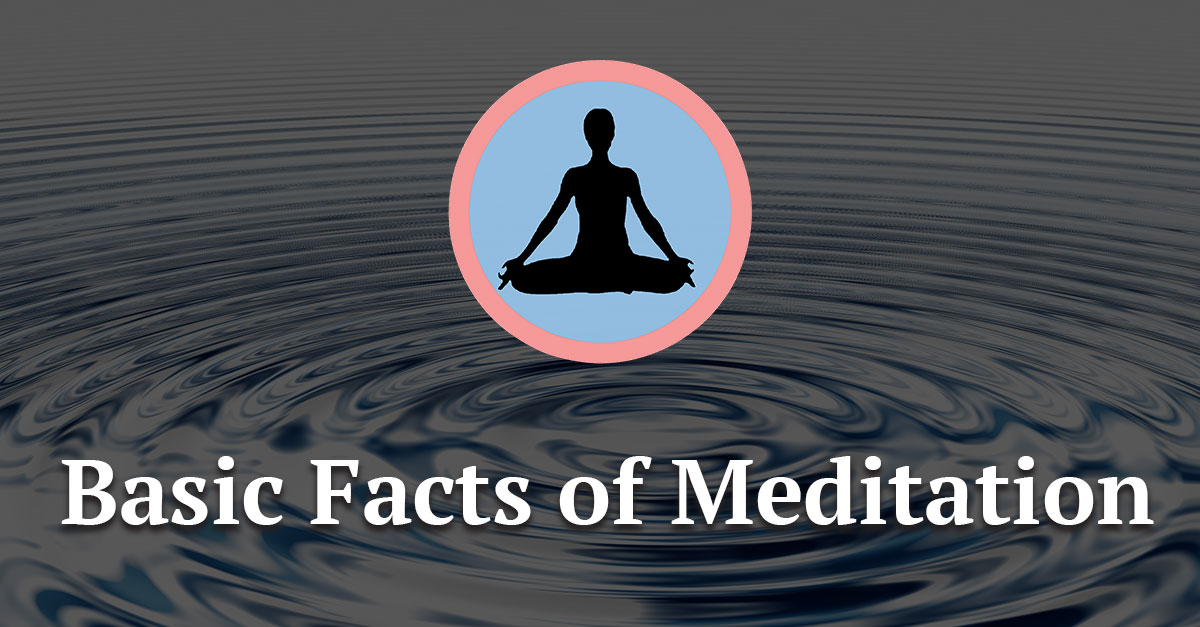
Leave A Comment